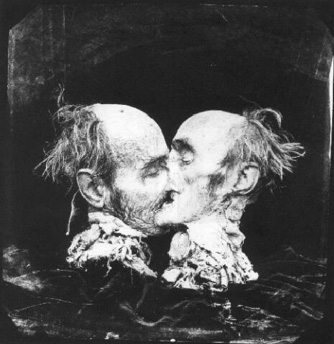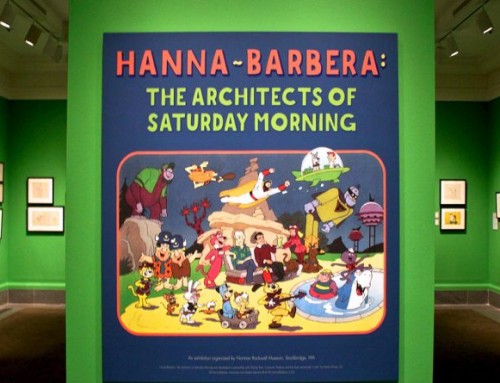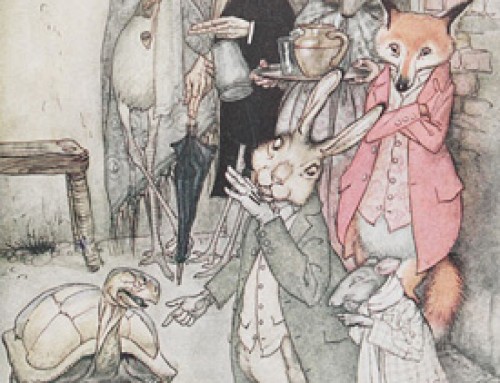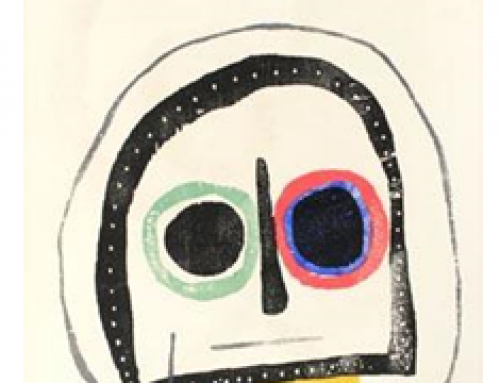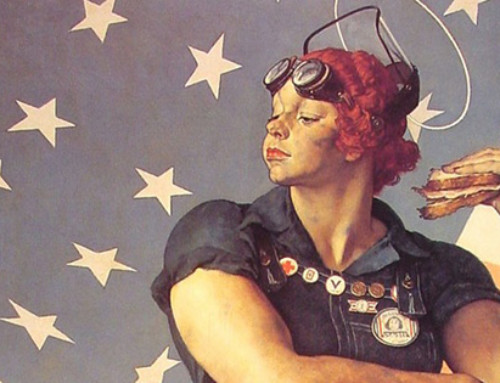THE BEAUTY ON THE UGLY THE KISS JOEL-PETER WITKIN
by Ricardo Nunez
The Kiss is a photo made by Joe Peter Witkin (September 1939) taken in New Mexico in 1982.
At that time, the United States was recovering from the Vietnam Syndrome,* in which the nation’s people experienced defeat in war for the first time, through conflict with guerilla forces of an undeveloped Communist country.
The 1980s began, and with the new decade, culture immersed itself in other things. Capitalism was winning the war against Communism, selling perfect products for the perfect life, and money seemed plentiful and relatively easy to obtain. People made purchases to be fashionable and gain status, and the market and technological advances that we enjoy today took root at that time. But principles changed drastically, shifting from a 1960s society that expressed its desire for love and peace everywhere, to a world in which the most important thing was the individual himself.
Some turned their backs on the world’s problems, rationalizing that if something was not of direct personal concern, it simply was not happening. Accepted societal norms and stereotyping pictured an artificially standardized world in which the different, the ugly, and the weird were not accepted.
As they had through the ages, artists stepped in to reveal what was beneath the surface, offering what they believed to be a truer picture: raw, direct and sometimes violent. Photographer Joel-Peter Witkin (b. 1939) was among them.
Witkin’s work reveals the things that society did not want to show. People with physical deformities or with jobs deemed inappropriate, such as prostitution, became mainstays of his art. A Vietnam War photographer from 1960 to 1964, Witkin had experienced death first-hand, and began portraying corpses in his art in the 1980s. He wanted to show death as a natural part of life, a process that is inevitable and unexplainable.
The most decisive moment in Witkin´s experience, which inspired this work, occurred when he was a child:
It happened on a Sunday when my mother was escorting my twin brother and me down the steps of the tenement where we lived. We were going to church. While walking down the hallway to the entrance of the building, we heard an incredible crash mixed with screaming and cries for help. The accident involved three cars, all with families in them. Somehow, in the confusion, I was no longer holding my mother’s hand. At the place where I stood at the curb, I could see something rolling from one of the overturned cars. It stopped at the curb where I stood. It was the head of a little girl. I bent down to touch the face, to speak to it — but before I could touch it someone carried me away2
The title of this photograph, Kiss, reminds us of happy memories; perhaps the kiss of our mother when we are leaving home or the first kiss we experienced with someone who we like.
At first glance, we see an older couple kissing, and we perceive that there is love in their faces. Their eyes are closed and their proximity denotes trust. Looking further, it becomes clear that things are not what they first seemed. The couple kissing is of the same sex, and they are so similar in appearance that they could almost be twins. Their heads are not connected to their bodies, as the people they once were no longer exist. In reality, the photograph portrays two heads that are actually one. Severed in two and awaiting an autopsy, the head was arranged photographically by the artist to portray a kiss.
When I saw my first violent experience I was 7 years old. It was Sunday morning and I was with my family com- ing out of church. A festival was underway and there were many people present, but suddenly I heard screams and people yelling. Someone was running and many other were behind him. Caught by the furious crowd, he was kicked with everything people had—feet, fists and sticks—all over his body. When he was lifted from the ground, I saw his face. The bruises he received had deformed it. I could not feel his pain, but saw the fear that his face reflected.
I also saw in the crowd a sense of rage and power, an unstoppable power to decide the fate of a life.
I cannot recall what happened next, but the experience forever sensitized and changed me. Like many, I am curious about the nature of death. Witkin’s photographs have helped me to face and process the violence and death that exists in our world, for death is a part of life that will remain with us forever.
1 Diane Arbus (March 14, 1923 – July 26, 1971) was an American photographer and writer noted for black-and-white square photographs of “deviant and marginal people (dwarfs, giants, transgender people, nudists, circus performers) or of people whose normality seems ugly or surreal.”
About Ricardo Nunez
Ricardo Nunez is an illustrator and graphic designer from Colombia who is currently a graduate student in the Illustration Practice Program at MICA, the Maryland Institute College of Art, in Baltimore.


